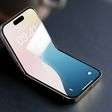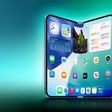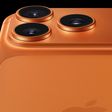Back at CES in January, Belkin confirmed that several wireless chargers using the Qi2 standard based on MagSafe would soon be rolling out, and I've recently been able to spend some time testing out the BoostCharge 2-in-1 Magnetic Charging Pad from that lineup.

As the name suggests, the BoostCharge 2-in-1 Magnetic Charging Pad with Qi2 15W is a flat pad-style charger offering two surfaces on which to charge devices. One side has a Qi2 wireless charging pad supporting recent iPhone models at up to their maximum of 15 watts, while the other is a 5-watt Qi pad intended to work with AirPods models with wireless charging cases. Other devices which support Qi wireless charging like phones can also be charged on the pad, though they will not align magnetically and will charge at a much slower speed compared to using the Qi2 pad.
In my testing, I found that the Qi2 pad didn't charge my iPhone 15 Pro Max quite as quickly as Apple's MagSafe Charger does, but it was fairly close and definitely faster than an original Qi pad which is limited to 7.5 watts for iPhones. The pad was able to boost my iPhone's battery from 30% to around 70% in an hour, though as with all other charging methods, the rate began to slow significantly beyond about 80% to prevent overheating and overcharging as the battery began approaching a full charge.
In addition to the two wireless charging pads, the BoostCharge 2-in-1 Magnetic Charging Pad includes an additional USB-C port supporting up to 5 watts of output, allowing for wired charging of other devices such as an Apple Watch with an appropriate cable. (If you prefer integrated Apple Watch charging, Belkin also offers a BoostCharge 3-in-1 Magnetic Charging Pad with an Apple Watch charging puck already included to attach to that USB-C port.)
The BoostCharge 2-in-1 Magnetic Charging Pad is available in either black or white, and the unit is powered by a color-matched 30-watt power adapter and 5-foot (1.5-meter) USB-C to USB-C cable, with both thankfully included in the box. The U.S. power adapter is similar in size and shape to Apple's 20-watt USB-C adapter and unfortunately does not include folding prongs, which would have been convenient for travel. You're of course free to use any USB-C power source of 30 watts or more, so it's easy enough to substitute something that better fits your needs, but I would have liked to see a more travel-friendly adapter right in the box.

The pad design itself is ideal for travel as its minimal thickness allows it to fit nicely in a computer bag or backpack. It is on the heavy side though at around 11 ounces (310 grams) plus the cable and power adapter, which might hamper portability a bit. That heft does, however, contribute to stability on surfaces and makes it easier to detach an iPhone sitting on the magnetic pad. At around 6.4 x 3.2 x 0.6 inches (16.3 x 8.2 x 1.5 cm), the unit is pretty close to the size of an iPhone 15 Pro Max but somewhat thicker due to the slightly elevated Qi2 pad.
The body of the charger is a matte plastic with some arcs of rubber-like material on the bottom to protect surfaces and limit sliding. The Qi2 charging pad on the left has a similar rubber-like surface to protect your phone from scratches, while the lower-power Qi pad on the right is simply a shallow depression in the smooth, hard plastic to help with accurate placement of an AirPods case for charging. Some magnets would have been nice to ensure easy alignment of AirPods cases supporting that feature, but I didn't have any trouble getting my AirPods to register properly with the charger.
The extra USB-C output port is on the right side of the unit, while the USB-C input port is on the rear. There's no status light for the Qi2 pad, but the AirPods pad has a small LED status light in front of it that shines white while a device is charging or orange if there is a charging error. It also briefly flashes white upon plugging the pad in, confirming the unit is receiving power.

Overall, I've found the BoostCharge 2-in-1 Magnetic Charging Pad to be a reliable wireless charging accessory with some nice features but also some minor drawbacks. It has a relatively travel-friendly design, features a clean, unobtrusive look, and reliably charges devices, but the lack of magnetic alignment for the AirPods charging spot and lack of folding prongs on the power adapter are missed opportunities in my opinion.
While the pad design is simple and convenient for travel, some may prefer an angled charging surface for better visibility of the screen while their phone is charging on a desk or nightstand. Fortunately, Belkin offers chargers with that design as well, and even some that convert between the two, so you've got options.
Belkin's BoostCharge 2-in-1 Magnetic Charging Pad is priced at $79.99 in either black or white on both Belkin's site and Amazon. One of the anticipated advantages of Qi2 was the ability to have MagSafe charging performance without the need for Apple's MagSafe licensing that drives costs up, but Belkin's similar BoostCharge Pro 2-in-1 Wireless Charging Pad with Official MagSafe Charging is priced at the exact same $79.99. It does lack the extra USB-C output port that the Qi2 model has, but still, I've been hoping for bigger cost savings with Qi2 over MagSafe than I've seen so far.
As I mentioned previously, in addition to the 2-in-1 model, Belkin also offers a 3-in-1 model that includes an Apple Watch fast charger which mounts directly to the extra USB-C port on the main body of the unit. But due in part to licensing and sourcing of official Apple Watch charging components, moving to the 3-in-1 model adds a whopping $50 to the price, bringing it to $129.99.
Alternatively, you could get the 2-in-1 model and then spend just $29 for an official USB-C Apple Watch charging cable to plug into that USB-C port. It's not as clean a solution as the direct-attach module from Belkin, but it'll save you $20, or there are other multi-device charging solutions available to fit your particular needs.
Note: Belkin provided MacRumors with the BoostCharge 2-in-1 Magnetic Charging Pad with Qi2 15W for the purpose of this review. No other compensation was received. MacRumors is an affiliate partner with Belkin and Amazon. When you click a link and make a purchase, we may receive a small payment, which helps us keep the site running.


 Note: MacRumors is an affiliate partner with Amazon. When you click a link and make a purchase, we may receive a small payment, which helps us keep the site running.
Note: MacRumors is an affiliate partner with Amazon. When you click a link and make a purchase, we may receive a small payment, which helps us keep the site running.
 The new Beats Pill speaker
The new Beats Pill speaker The new Beats Pill speaker
The new Beats Pill speaker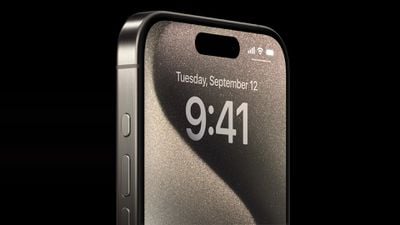
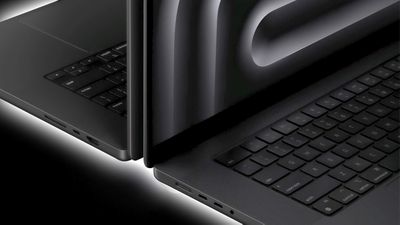
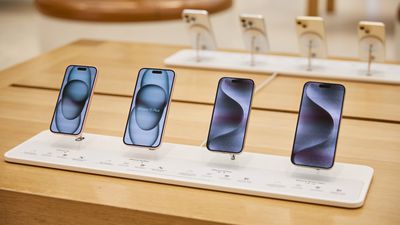

 Note: MacRumors is an affiliate partner with some of these vendors. When you click a link and make a purchase, we may receive a small payment, which helps us keep the site running.
Note: MacRumors is an affiliate partner with some of these vendors. When you click a link and make a purchase, we may receive a small payment, which helps us keep the site running.










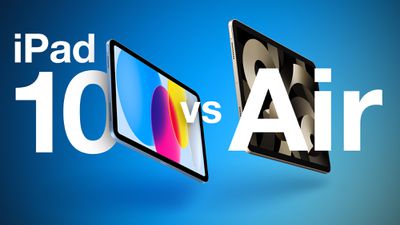
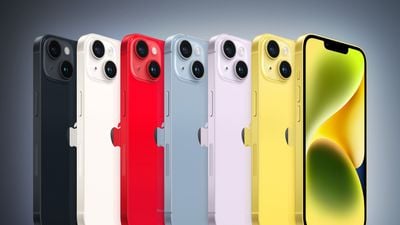
 Note: MacRumors is an affiliate partner with some of these vendors. When you click a link and make a purchase, we may receive a small payment, which helps us keep the site running.
Note: MacRumors is an affiliate partner with some of these vendors. When you click a link and make a purchase, we may receive a small payment, which helps us keep the site running.





















